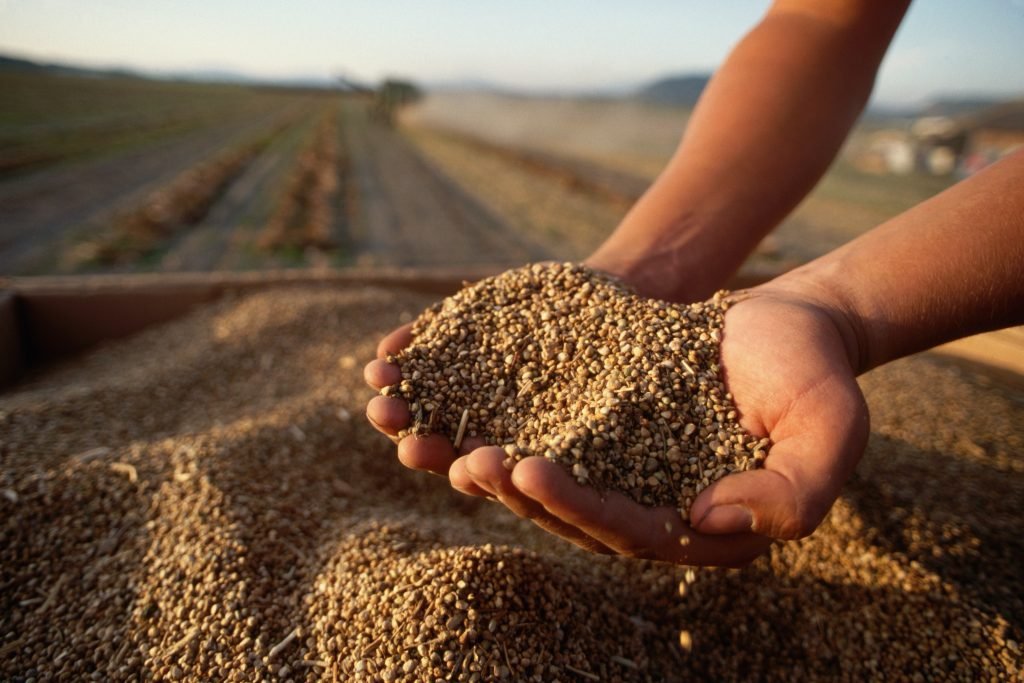Let’s start with one fact: the race for the perfect seed and patent protection helped gather the power to play the foodor more specifically to play with the global food supply and thus control the balance of our planet.

Cultures
Food waste: does the crisis make us more virtuous?
According to the FAO, today only 4 multinationals have a monopoly on seeds: Bayer, Corteva, ChemChina and Limagrain they control more than 50% of the world’s seeds. The same companies are also engaged in the production of fertilizers, pesticides and herbicides.
For thousands of years, the inherent nature of seeds and the unpredictability of genetics have naturally protected seed inheritance. Farmers simply cultivated and reseeded plants, the seeds of which were freely shared and exchanged. However, this was the case until the 1990s. Starting from that date and after years of research leading to crop bioengineering, laws and patents were introduced to protect their property.
What are the consequences?
First, there is a huge loss of genetic diversity. In other words, the seeds are standardized! To better understand this, we could compare the t-shirts we find in big box stores with those made by a tailor.
Again according to the FAO, between 1900 and 2000 75% of the world’s agricultural varieties disappeared
What are the implications for us? Quite simply: the lack of food security! In fact, if we only have one variety of beans with all its strengths and weaknesses, the moment any event occurs such as a rise in temperature, a pest or anything else, we risk losing the beans forever. . If, on the other hand, we have plants that are genetically different from each other, we would still be able to have beans.
For this, Katrine Peschardresearcher at the Graduate Institute of International and Development Studies in Geneva, said: “The more uniform our gene pool (a plant’s set of genes), the more vulnerable we are to all types of environmental stress, and we know that with climate change there will be more than these anxieties.”
To the great danger just mentioned must be added all the factors connected with patents. Until proven otherwise they exist to protect an invention… so how can a plant or a specific genetic sequence be privatized and become someone’s property? And then what do we do with the existence of wind-borne pollen? Again: spontaneous mutations exist in nature, have we thought about them?
That is, pollen from a patented plant could reach mine which is wild type, or I could spontaneously have peaches with yellow dots identical to the patented ones through pure random mutation and be sued by a multinational for trespassing on her property.
In short, although it is a controversial issue, the privatization of these resources is still taking place. It all started in the 1980s, when the idea of patenting living materials first emerged. An idea that spread like wildfire. Actually, we have gone from 120 patents in 1990 to 12,000 today!
To delve into this topic and read a sad episode (not isolated but only more known) that happened in India, I leave you this link.
Unfortunately, a farmer sued a multinational corporation accusing him of growing the potato variant.
Absurd, isn’t it?
Federica Gasbarro works with The Wom independently and is in no way associated with the advertisements that may appear in this content.

